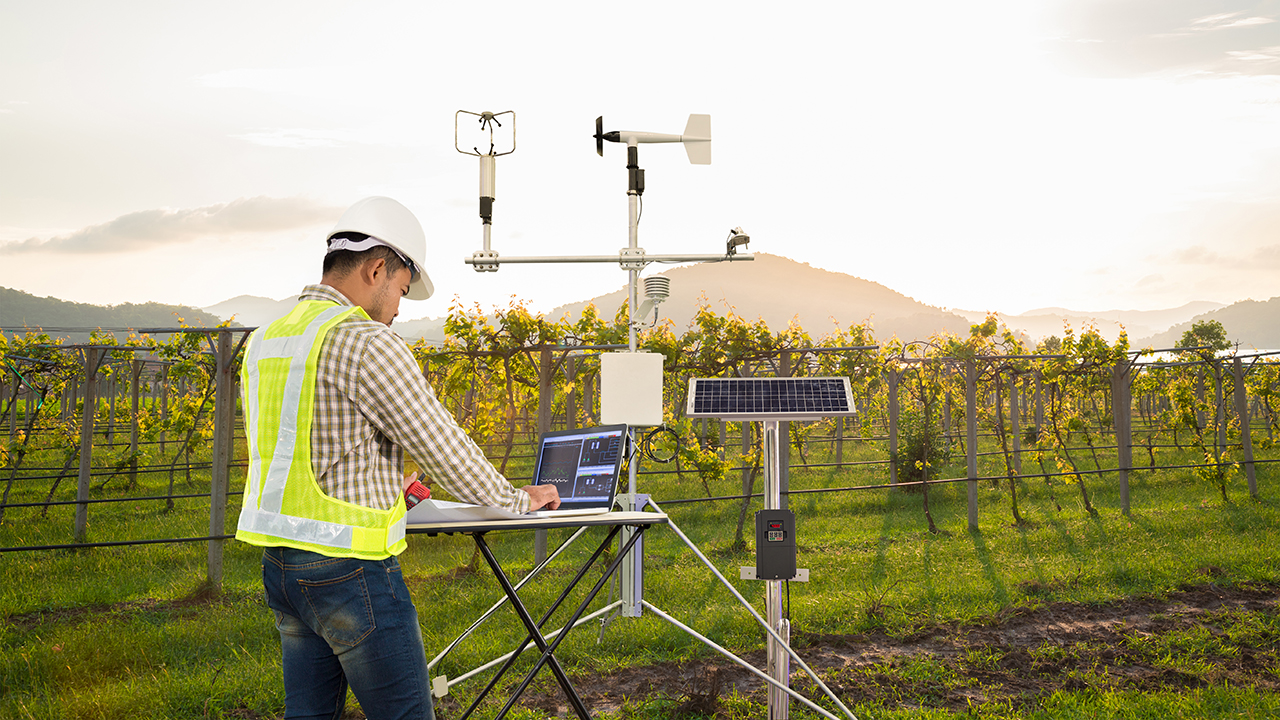Introduction
Greenhouse operations (in horticulture, indoor farming, or controlled environment agriculture) are energy- and input-intensive. Heating, cooling, lighting, CO₂ enrichment, fertigation systems, fans, and fertiliser production all contribute to greenhouse gas (GHG) emissions. For greenhouse organisations aiming to transition toward sustainability, complying with standards isn’t optional—it becomes a strategic imperative.
ISO 14064 provides a globally recognized framework for quantifying, reporting, and verifying greenhouse gas emissions and removals. Implementing it enables your greenhouse organization to move from emissions awareness to emissions action—driving operational improvements, carbon risk management, and credible reporting.
In this article, you will learn:
- What ISO 14064 is (and its parts)?
-How its technical rules apply in a greenhouse context?
-The step-by-step path from measurement to mitigation.
-Potential benefits, pitfalls, and implementation tips.
What Is ISO 14064?
Structure & PurposeISO 14064 is part of the ISO 14000 family (standards for environmental management).
ISO+2BSI Group+2It has three parts:
- ISO 14064‑1: Specification with guidance at the organization level for quantification and reporting of GHG emissions and removals.
- ISO 14064‑1: Specification with guidance at the organization level for quantification and reporting of GHG emissions and removals.
- ISO 14064‑3: Guidance for validating and verifying GHG assertions (from either organizational inventories or projects).
ISO 14064 is programme-neutral—that is, it does not enforce a policy, cap, or limit; rather, it gives rules and methods for measurement and assurance.
Key Principles (All Parts)ISO 14064 emphasizes certain guiding principles:
relevance, completeness, consistency, transparency, accuracy (often called the “RCCA+T” principles) in inventory and reporting.
EPA+3greenly.earth+3The ANSI Blog+3
It also calls for documented assumptions, clear boundary definitions, uncertainty estimates, and quality assurance/quality control.
Translating ISO 14064 into Greenhouse Operations
To make the standard “real” in your greenhouse organization, several technical steps and domain‑specific adaptations are required.
Defining Boundaries (Organizational & Operational):Organizational BoundaryYou must choose how to consolidate emissions across different facilities or entities: via
control approach (financial or operational control) or
equity share approach.
The ANSI Blog+2Supply Chain Solutions Center+2
For example, if your greenhouse company owns 3 controlled environment farms in different locations, you must decide whether you consolidate all emissions of those you control, or count only your proportional share.
Operational Boundary & Scopes
Within those boundaries, you must determine which emissions to include:
Scope 1 (direct GHG emissions): e.g. combustion of fuel on-site (heaters, boilers, backup generators), fugitive emissions (leaks of refrigerants), onsite processes (e.g. gas combustion for CO₂ enrichment).
Scope 2 (indirect emissions from purchased electricity, heat, steam, cooling): e.g. electricity used for lighting, fans, pumps, HVAC systems.
Scope 3 (other indirect emissions): e.g. upstream emissions from fertiliser production, transport of inputs, waste disposal, employee commuting. (In practice, many organizations start with Scopes 1 & 2 and gradually include Scope 3.)ISO 14064 allows flexibility in which Scope 3 categories to include, as long as selection is justified and transparent.
Data Collection & Activity Data
You need reliable activity data (e.g. liters of fuel used, kWh of electricity consumed, kilograms of fertiliser used, cubic meters of greenhouse gas injection) and emission factors (kg CO₂e per unit of activity).
You may obtain direct metered data (e.g. energy meters).
For processes lacking direct measurement, estimation methods (engineering calculations, proxy data) may be used—but must be documented and uncertainty quantified.
Choose emission factors from reliable sources: national inventories, IPCC guidelines, recognized databases.
Quality Assurance & Uncertainty
You should implement internal checks (data consistency, cross-checks, outlier screening) and document uncertainty ranges. ISO 14064 expects you to report uncertainty in emissions estimates.
Reporting & Disclosure
Your GHG inventory report must include: scope definitions, boundary descriptions, methodology, assumptions, data sources, uncertainty, exclusions, and year-on-year comparability.
From Inventory to Projects: ISO 14064‑2 in Greenhouse Settings
Once you have a baseline inventory, you can move to emissions reduction or removal enhancement
projects, such as:
-Retrofitting lighting to high-efficiency LED
-Upgrading heating systems (e.g. biomass, heat recovery)
-Installing waste-to-energy or biogas systems
-Soil carbon sequestration through biochar or cover cropping
-CO₂ recapture and reuse projects
Project Boundaries & Baseline Setting
You must define a
baseline scenario—what emissions would be if you did
not do the project. Then, measure the incremental difference. You must consider
leakage (emissions that may shift outside the project boundary) and
additionality (the project must go beyond business-as-usual).
The ANSI Blog+2co2analysis.com+2
Monitoring & Verification
You need a monitoring plan: periodic collection of activity data, measurement consistency, calibration of sensors. Document deviations. The performance (emissions reduction) is the compared difference. Later, you may submit it for third-party verification.
Assurance: ISO 14064‑3 (Validation & Verification)
Credibility is essential. Independent verification / validation is required to assure stakeholders that your emissions claims are reliable.
Levels of AssuranceReporting & Disclosure
Limited assurance: moderate level, some sampling and checks
Reasonable assurance: higher level, more exhaustive verification procedures
The standard requires you to define the verification scope, criteria, methods, and evidence documentation.
Verifier Qualifications & Process: You must select a competent third-party verifier. Verifiers assess data, systems, controls, sampling, cross-checks, and issue a verification statement about the “GHG assertion” (i.e. your inventory / project claims).

